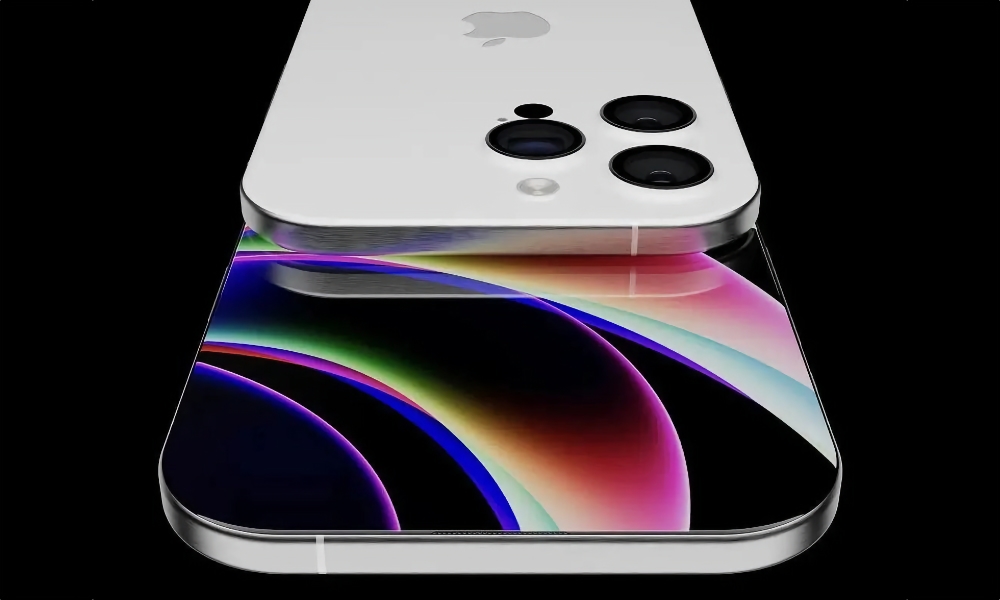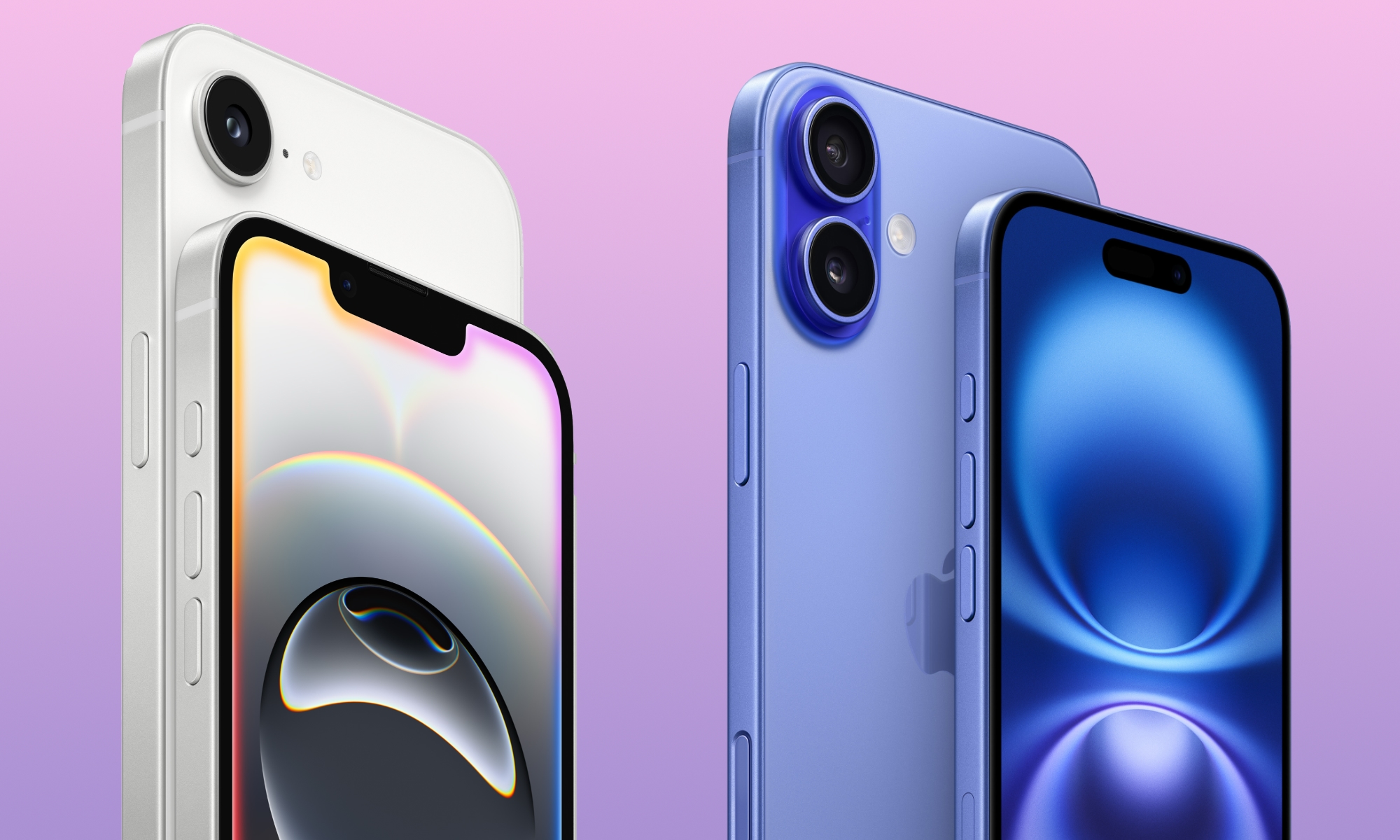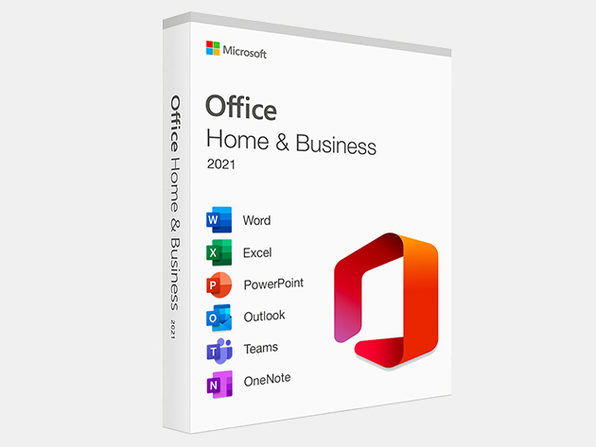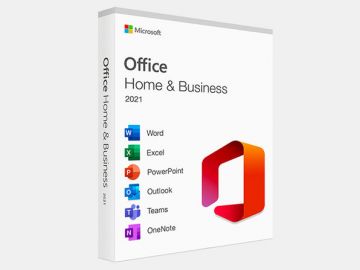The iPhone 18 May Not Arrive Until 2027
 Konstantin Milenin
Konstantin Milenin
Toggle Dark Mode
A couple of new reports reveal that Apple may soon mix up its iPhone launch schedule, debuting its higher-end models in the fall with the entry-level iPhones in the spring.
While this would mirror Apple’s strategy for its budget iPhones like the erstwhile iPhone SE family and the new iPhone 16e, it looks like Apple plans to go a step further and debut its base-model iPhone (sans suffix) alongside its new e-series.
The iPhone 17 lineup is expected to be mostly business as usual, at least in terms of the schedule. The iPhone 17, iPhone 17 Pro, and iPhone 17 Pro Max should arrive in September, alongside a new “iPhone 17 Air” that will replace the iPhone Plus. So, we’ll still get four models debuting simultaneously, just like every year since 2020, when Apple added the iPhone 12 mini into the lineup.
However, Apple will reportedly mix things up in 2026, according to independent reports from The Information’s Wayne Ma and analyst Ming-Chi Kuo. That’s the year Apple is expected to finally debut its long-awaited “iPhone Fold,” and the theory is that it may need to make room for it in the lineup.
Oddly, it seems that only the iPhone 18 would be pushed off into the spring of 2027, to be released at the same time as the iPhone 18e. The so-called “iPhone 18 Air” would still show up in September 2026, alongside the iPhone 18 Pro, iPhone 18 Pro Max, and “iPhone 18 Fold.” Here’s how Kuo is breaking it down:
- 2H25: iPhone 17 Pro Max, iPhone 17 Pro, iPhone 17 Slim, iPhone 17
- 1H26: iPhone 17e
- 2H26: iPhone Foldable, iPhone 18 Pro Max, iPhone 18 Pro, iPhone 18 Slim
- 1H27: iPhone 18, iPhone 18e
- 2H27: iPhone Foldable 2 (already kicked off), iPhone 19 Pro Max, iPhone 19 Pro, iPhone 19 Slim (with a larger display vs. 18 Slim)
“1H” and “2H” refer to the first and second halves of the year, respectively. It’s a safe bet that “2H” means September, but it’s harder to pin down when Apple would unveil these spring models. Kuo also notably still uses the term “iPhone Slim” to refer to what others have called the “iPhone Air.”
Except for the iPhone SE and iPhone 16e, nearly every iPhone released since 2011 has arrived in the fall, almost always in September. The first fall release, the iPhone 4S, came in early October, and the 2020 iPhone 12 was delayed into October due to the COVID-19 pandemic.
Apple’s three generations of iPhone SE models arrived in March and April.
- iPhone SE (1st gen): announced March 21, 2016, released March 31, 2016
- iPhone SE (2nd gen): announced April 15, 2020, released April 24, 2020
- iPhone SE (3rd gen): announced March 8, 2022, released March 18, 2022
The iPhone 16e came earlier, in February this year, but many believe Apple accelerated the schedule to get an affordable iPhone back on sale in Europe after the EU’s USB-C mandate forced the original iPhone SE off the shelves.
Ma suggests that one reason Apple is considering such a shift is to reduce the strain on its iPhone manufacturing facilities as it adds a fifth device to its lineup. It also likely doesn’t hurt that moving the more affordable models a few months down the road will help goose sales of Apple’s more expensive iPhones from eager customers who want the latest tech.
Kuo adds that Apple is also looking for ways to address the “marketing gap” created by competitors who release new flagship phones in the first half of the year and keep the momentum of its marketing efforts going throughout the year. In past years, Apple has used mid-cycle color refreshes to help it promote more sales. However, it stopped doing that with the iPhone 15, and there’s no indication that we’ll be seeing a new iPhone 16 color this year either; the rather bland iPhone 16e is probably it for early 2025.

Apple’s fall release cycles have become so common that you can typically mark the week of an Apple event on your calendar, if not the exact day it will be held. The original iPhone was announced in January 2007 but wasn’t released until the end of June that year. Apple stuck with that timeframe for the subsequent three releases, with a June announcement during its Worldwide Developers Conferences (WWDCs) and the iPhone 3G, 3GS, and 4 going on sale a week or two later.
However, those were the days when Apple didn’t even have two sizes of iPhone, much less standard and “pro” tiers. It’s no coincidence that the iPhone 12 and iPhone 12 Pro adopted the same size the year the iPhone 12 mini came along, and the iPhone 14 Plus would have made things even easier in 2022, giving Apple only two sizes to contend with. By contrast, even the “iPhone Air” will have fundamentally different manufacturing requirements; add in the “iPhone Fold,” and it’s probably enough to reach the tipping point for pushing Apple’s supply chain to its limits.
[The information provided in this article has NOT been confirmed by Apple and may be speculation. Provided details may not be factual. Take all rumors, tech or otherwise, with a grain of salt.]







